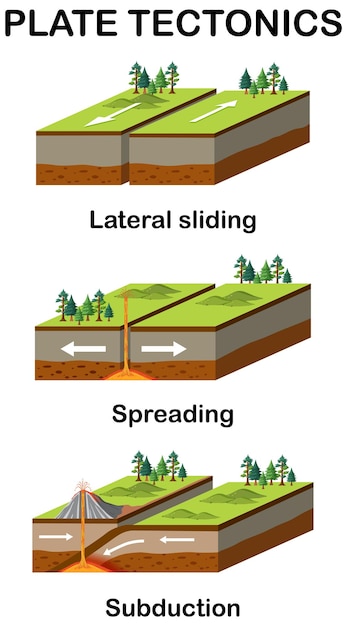
Grounding, also known as Earthing, is a practice that helps connect you back to the Earth’s electrical charge. When you touch something connected to the ground or stand on it, you are grounding yourself, allowing your body to absorb electrons from the Earth’s natural charge. This process is based on the idea that while the body has a positive charge, the Earth has a negative one. By connecting to the Earth, you may be able to balance your body’s charge, which some believe can improve overall wellness.
Grounding essentially reconnects individuals to the Earth’s natural electrical charge, helping to balance their bodies. The electrons you absorb act as antioxidants, which can neutralize harmful positively charged radicals in the body. Regular exposure to electrons is essential for your body to function optimally and may help reduce chronic inflammation, boost the immune system, and lower stress levels.
There are many techniques to practice grounding. Simply walking barefoot on natural surfaces like grass, soil, or sand is one basic method. Other common tools include grounding mats, straps, sheets, patches, and special footwear, all of which replicate the effect of direct ground contact by connecting to it through electrical means.
Here are some grounding practices:
1. **Barefoot Walking**: Walking barefoot on grass, soil, or sand is the simplest way to ground yourself. Your body can absorb the Earth’s electrons directly, potentially reducing inflammation and stress while improving mood and overall health.
2. **Lying on the Ground**: Laying on natural surfaces like grass or sand can also help your body connect to the Earth. This method may help decrease chronic inflammation, stress, and anxiety, contributing to a better quality of life.
3. **Water Immersion**: Natural water bodies like lakes, oceans, or streams are perfect for grounding due to their mineral content. Immersing yourself in water can reduce inflammation, boost energy, and enhance mental clarity, supporting better sleep and overall wellbeing.
4. **Grounding Devices**: Using products like grounding mats or straps connected to a grounded electrical outlet can offer the benefits of earthing when you can’t be outside. These devices are particularly helpful for people living in urban areas.
Grounding can also impact your health by minimizing inflammation, stress, and pain. For example, it may reduce cortisol levels, which are linked to stress. Lowering these levels can help break the cycle of stress and improve sleep, reducing cravings for unhealthy foods and increasing energy levels.
Furthermore, grounding has been noted for its potential benefits on chronic pain caused by inflammation, like arthritis. By increasing white blood cells and reducing inflammation, grounding might help alleviate pain from various conditions.
Moreover, grounding can enhance mental health by alleviating anxiety and depression. It regulates cortisol levels, which can rise during depressive episodes, helping to manage stress and improve overall mental wellbeing.
Grounding is also said to improve cardiovascular health by enhancing blood flow and reducing inflammation, which could lower the risk of heart diseases. It promotes better blood circulation and oxygenation, making it a simple yet effective technique for cardiovascular health.
Integrating spiritual practices, such as mindfulness, with grounding can further enrich your welfare. Mindfulness helps you stay connected to the present, reducing stress. Additional activities like chakra cleansing, meditation, and using reading services can offer further alignment and balance.
To get the most out of grounding, make it a regular habit. Spending just 20-45 minutes daily practicing grounding can be beneficial. Integrating this consistent routine into your life can help support both physical and emotional health.


